Rose Charles Austin
Plants from the group of English roses have been known to the world not so long ago. The first flower in this series appeared only about 50 years ago. One of the most popular varieties in this category is Charles Austin. He is very popular with rose growers all over the world.
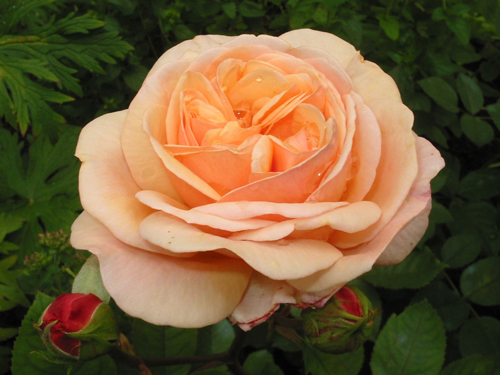
History of origin and description of the variety
This variety was bred in 1973 by David Austin, a breeder from the UK, whose name is familiar to every professional grower. In catalogs and reference books, the Englishwoman is also listed under the names Charming Apricot and AUSfather.
Charles Austin is an erect, leafy perennial that grows to a height of 150 cm. The shoots of the rose are distinguished by a high growth rate and sufficient strength, so that the bush does not fall apart even at the peak of flowering. In this regard, the plant does not require tying and support. The leaves of the culture are very large, with a rich dark green hue. Against their background, the flowers of the English lady look especially delicate and graceful. Buds develop in clusters of 3-5 pieces. The color of the attractive inflorescences can be described as orange-cream, orange-pink, peach or apricot. The central part of each flower has a richer tone and is often squared. The edges of the velvety petals are much paler than the core. The shape of the flower is cupped. The large buds, ranging in size from 8 to 12 cm, give off a pleasant scent that becomes more intense as the flowers bloom, with fruity, honey and lavender notes. Guessed in the scent of the English rose and the scent of blooming acacia. The flowers of this variety look lush due to the large number of petals in each of them (it reaches 90 pieces). Charles Austin is a re-flowering variety. However, this cultural feature does not always manifest itself naturally, but, as a rule, when performing special measures: pruning and feeding after the first flowering.
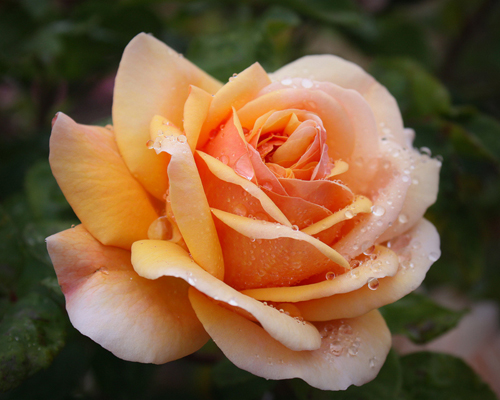
The British beauty is pretty hardy. It is moderately resistant to fungal diseases and insect pests. The incomparable nostalgic flowers of the plant practically do not deteriorate from the rain, unless it is a raging downpour, because under its influence, partial damage to the blossoming buds is possible. If we talk about the effect of ultraviolet radiation on the inflorescences of this variety, it has not been noticed that the color of flower petals fade in the sun. Without shelter, the plant tolerates frosts down to -28 ° C.
Features of agricultural technology
Charles Austin has no specific site requirements. A rose can be planted both in a light-flooded place, and in that part of the garden where the sun looks in every day for just a few hours. Even an English beauty growing in the shade will not disappoint you with a lack of lush bloom. It is better to save culture from drafts - after all, we are dealing with a refined and very aristocratic decorative perennial. Air circulation around the plant, however, should be normal so that pests and diseases do not appear on the bush. The soil for growing the variety should be used highly fertile, loose and relatively light. For this, the garden soil is mixed with humus, after which sand and vermicompost are added. The ideal substrate for a delightful British woman is black soil. The rose is planted in a pre-prepared hole, on the bottom of which a layer of drainage material, soil and mineral fertilizers are poured. At the end of the event, the soil around Charles Austin is slightly compacted and watered abundantly.
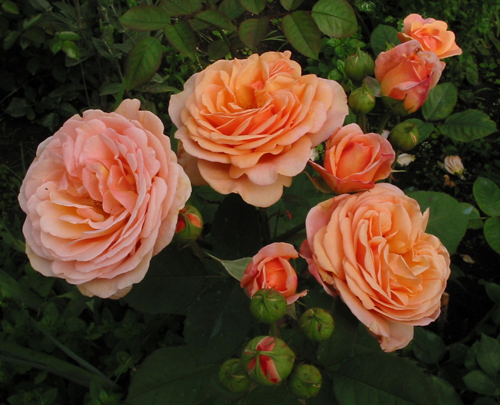
When growing a variety, it is important to monitor the soil moisture under the bush, loosen it 2-3 times a month, remove weeds, and mulch after watering. It is advisable to start feeding in the second year of the plant's life. Mineral complexes are used as fertilizers. It may happen that a newly planted shrub decides to bloom. In this case, pick off all the buds from the crop.After the rain, perennial shoots covered with flowers must be shaken. Ignoring this recommendation will lead to the impossibility of opening the buds and even their decay, especially if the precipitation is protracted. The rose bush should be inspected periodically for possible diseases or insects. If there are at least initial signs of infection, the rose must be immediately treated with an insecticide or fungicide solution.
The crop is pruned in the spring. Strong shoots are shortened by almost half the length - to stimulate the growth of the main stem and the emergence of shoots on the sides of the perennial. However, this is done only with biennial plants. For younger specimens, less radical pruning is carried out. In the summer, damaged shoots are removed from the shrub. In the fall, all branches are cut off somewhat in order to ensure normal wintering of the culture.
Use cases
The Charles Austin variety is incomparable planted both alone and in groups of 3-5 pieces on a lush grass lawn. Decent size of the bush allows you to create hedges, curbs with the help of culture, divide the garden into zones using a spectacular British woman. You can make a gorgeous flower an element of a classic flower bed or mixborder. A varietal plant looks advantageous in mixed compositions with other decorative flowering mono- and perennials, as well as with evergreen crops. The English rose is appropriate near the gazebos, garden benches, at the front entrance to the house. Charles Austin will be an amazing decoration for your rose garden.

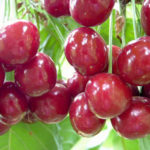


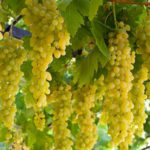
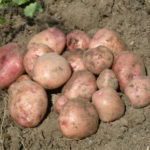



I do not know in what climate the author of this text lives, but what is written about this variety does not at all coincide with the characteristics that the rose shows in my climate. I bought a rose at the "peak of fashion" for a very decent amount - about 15 years ago "Ostinki" were just beginning to conquer our market, of course, colorful photos killed on the spot. Around the sapling, I probably just didn’t dance - it grew, however, excellent, formed a lot of buds, their color was breathtaking, but when they began to open, there was no limit to my chagrin - the flower lasts 2 days, quickly burns out and flies around, rain and the wind does not tolerate at all! And diseases cling to him all the time.